Overtourism: How to Avoid the Crowds When You Travel
With more destinations becoming overwhelmed by visitors, it's time to look beyond the well-loved travel hot spots.
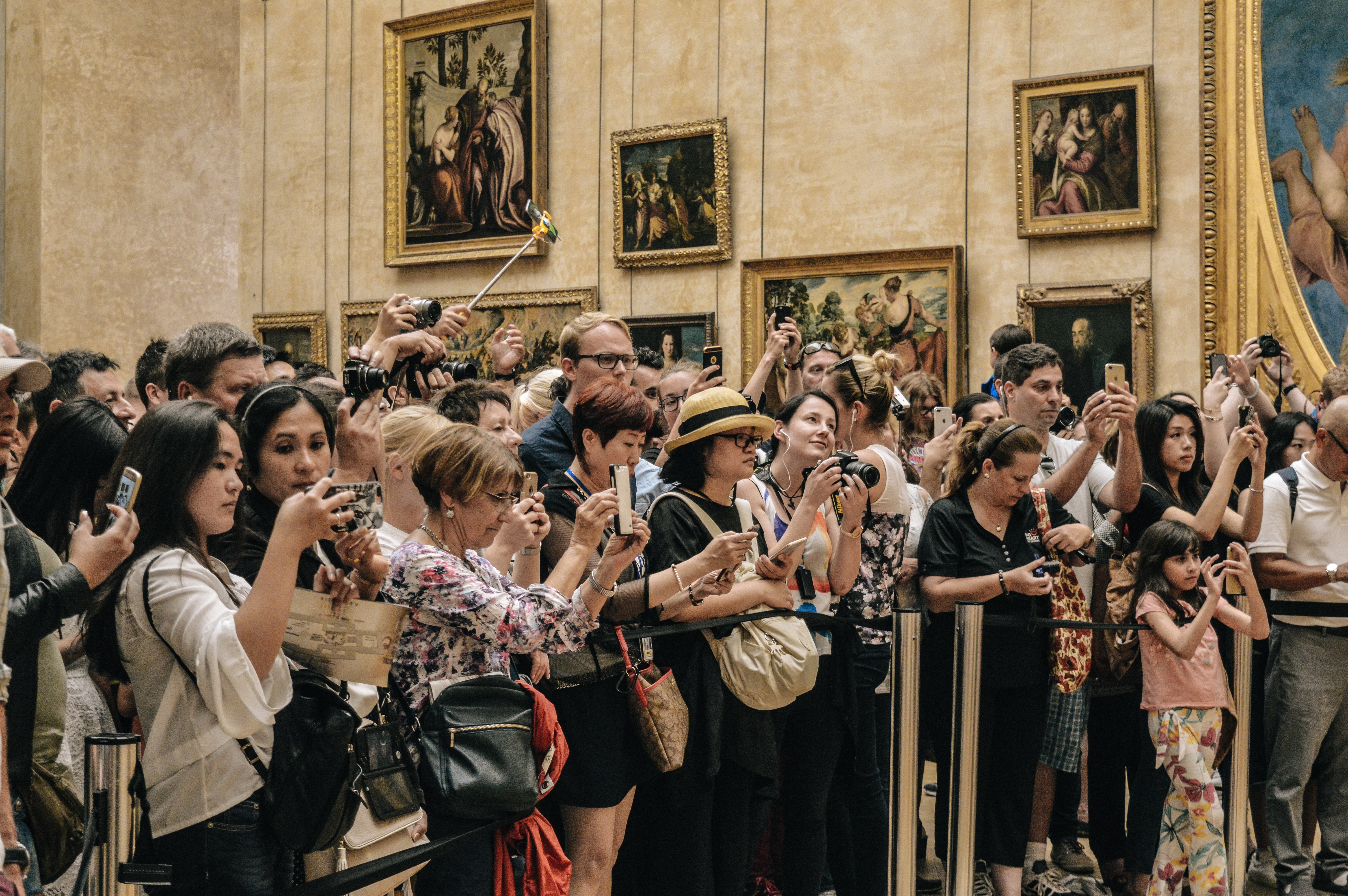 Photo © Alicia Steels
Photo © Alicia Steels
Blame it on cheap air travel or the growing global middle class, but more of us are traveling than ever. And, while we still think travel is the best way to understand the world and our place in it, we also have to be aware of the consequences of mass tourism.
From cruise ships unloading thousands of passengers in Venice to selfie-stick wielding crowds at Machu Picchu, the negatives of mass travel are easy to spot. Indeed, there’s been pushback in recent years with locals in Barcelona, Rome and Paris protesting against the overwhelming visitor numbers.
So, what can the ethical traveler do? Well, before you book a ticket to the same place everyone else is going to, how about considering some alternatives? Here are a few to get you started.
- Forget Reykjavik, go to Helsinki
- Forget Tokyo, go to Taipei
- Forget Rome, go to Algeria
- Forget Barcelona, go to Cadiz
- Forget Bangkok, go to Vientiane
- Forget Amsterdam, go to Rotterdam
- Forget Prague, go to Ljubljana
- Forget Machu Picchu, go to Choquequirao
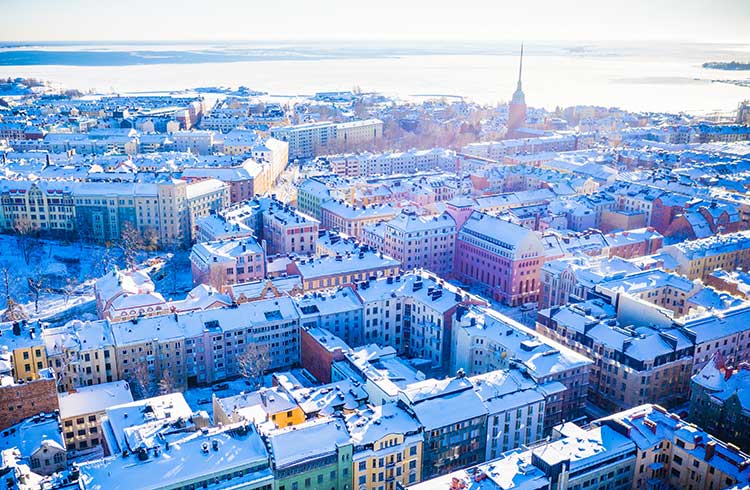
Forget Reykjavik, go to Helsinki
Reykjavik may be one of the most interesting places in Europe, but the 2.2 million people who visited in 2018 dwarfed the local population of 122,000. For somewhere less crowded, we recommend the Finnish capital, Helsinki. Located on the Baltic, it’s a quirky, design-conscious city unlike anywhere else in Scandinavia. In summer, you can head out to the many islands that surround the archipelago, or stroll through the city’s numerous parks. In winter, there’s a huge range of sports to take part in, from cross-country skiing to ice skating and ice fishing. Finland has long been a sustainable food hub, and the city is dotted with restaurants serving organic, locally sourced foods (everything from elk and snow grouse to cloudberries and forest mushrooms).

Forget Tokyo, go to Taipei
Tokyo saw more than 30 million visitors last year, and with a population of 14 million, it’s fair to say it’s a crowded place. If you want somewhere with all the energy of Tokyo, but a fraction of the tourists, try Taipei. The Taiwanese capital mixes Chinese culture with Japanese and American influences and is one of the friendliest cities in Asia. It’s a wonderfully quirky place: check out the puppet museum, or the myriad themed-cafes and restaurants (there’s everything from an egg yolk café to an A380-themed one). There are also beautiful Taoist temples and restored tea shops as well as the superb National Palace Museum. It’s an easy (and cheap) place to get around, and is filled with parks, bike lanes and there are even free umbrellas on the city’s underground train network.
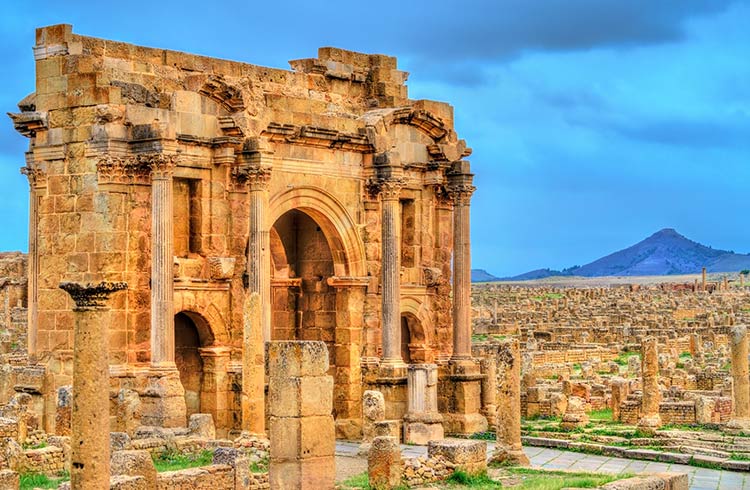
Forget Rome, go to Algeria
Rome is at the coalface of the pushback against over-tourism. Last year, it emerged that 10 visitors a day were fainting due to overcrowding at The Vatican Museums, and there have been protests against the increase in visitors. If you want to sample Roman ruins without the crowds, we recommend heading to Algeria’s northern coast, which has some of the best-preserved Roman architecture in the world. Fly into Oran and take the train east towards Algiers. Your first stop should be the UNESCO World Heritage site of Timgad, dubbed the ‘Pompeii of Africa’, which is filled with stunning Roman architecture, set against the backdrop of the Aures Mountains. Another highlight is Tipaza, which features a range of Roman, Phoenician and Byzantine ruins, all of which are right by the beach. Another wonder is Djemila, which features a wonderful museum filled with mosaics, as well as houses, temples and Byzantine churches. Best of all, you will be pumping much-needed dollars into the local economy.

Forget Barcelona, go to Cadiz
Barcelona is special, we get it. From the stunning Gaudí architecture to the wonderful Catalan cuisine, it’s no surprise the city is so popular since it reimagined itself before the 1992 Olympics. However, if you want to explore a Spanish city that is not overrun with visitors, check out Cadiz. On the Andalusian coast, this port city is 3,000 years old and filled with cultural, historic and foodie attractions. We love Mercado Central de Abastos, Spain’s oldest covered market, where you can pick up fresh tuna and snails directly from local sellers. If you prefer your food ready to eat, then the Old Town is filled with tapas bars. Cadiz province has 76 beaches, so even in the summer months, you will always be able to find one that’s not crowded; a refreshing change from Barcelona’s throngs.
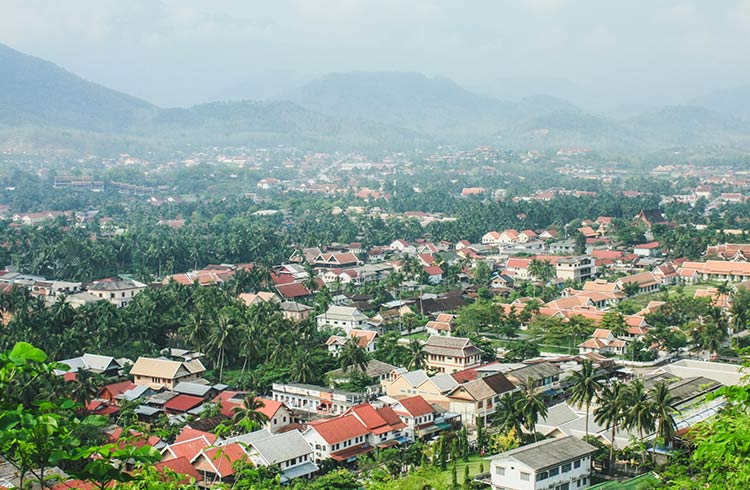
Forget Bangkok, go to Vientiane
Bangkok greeted more than 20 million visitors in 2018, which is why we suggest giving the Thai capital a miss. Instead, pay a visit to the Laos capital of Vientiane, probably the most laid-back in Asia. A former French colony, it has traces of Gallic influence everywhere: from the colonial-era villas (many of which are now turned into boutique guesthouses) to the Laos-French fusion menu, this is a place that wears its past lightly. The old quarter of the city is the most beguiling, filled with beautiful Buddhist temples, wandering monks and leafy boulevards. It’s a place to recharge the batteries rather than pound the pavements, and there are few nicer places in which to relax with a good book and a cold bottle of the local beer. Of course, further north lies Luang Prabang, a UNESCO World Heritage site filled with hiking trails, Buddhist temples and Hindu shrines. Laos is often overlooked on the Southeast Asian traveler’s itinerary, which is all the more reason you should visit.
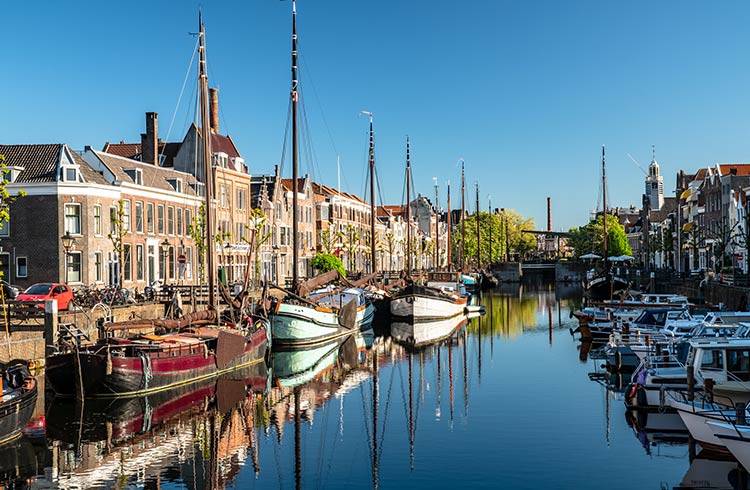
Forget Amsterdam, go to Rotterdam
We understand why Amsterdam is so popular: from the city’s picture-postcard canals to the art of the Rijksmuseum, this city of 820,000 is a wonderful destination at any time of the year. But with 20 million tourists estimated to arrive in 2019, it’s also very crowded, which is why we suggest Rotterdam instead. A 40-minute train ride away, The Netherlands’ second city is a thriving port hub, filled with innovative tech companies, world-class cultural destinations and a big food hotspot. It’s also one of Europe’s most architecturally interesting cities (check out the Rem Koolhaas-designed De Rotterdam tower and the remarkable South Bank docks), as well as being home to one of the continent’s best coffee scenes.

Forget Prague, go to Ljubljana
While Prague is undeniably beautiful, it’s also filled with visitors – nearly eight million visited the Czech capital in 2018. For something rather more sedate, head to the leafy Slovenian capital of Ljubljana. With a population of fewer than 300,000, it’s one of Europe’s smallest capitals, and probably its most picturesque. Dominated by the Ljubljanica River, which is lined with alfresco cafes, second-hand stores and weekend markets, it’s a very walkable place. The city is dominated by Ljubljana Castle, which sits atop a hill just east of the Old Town, and features a lovely Puppet Theatre. It’s great, and best of all, no matter where you are, you’ll be surrounded by locals, not visitors.
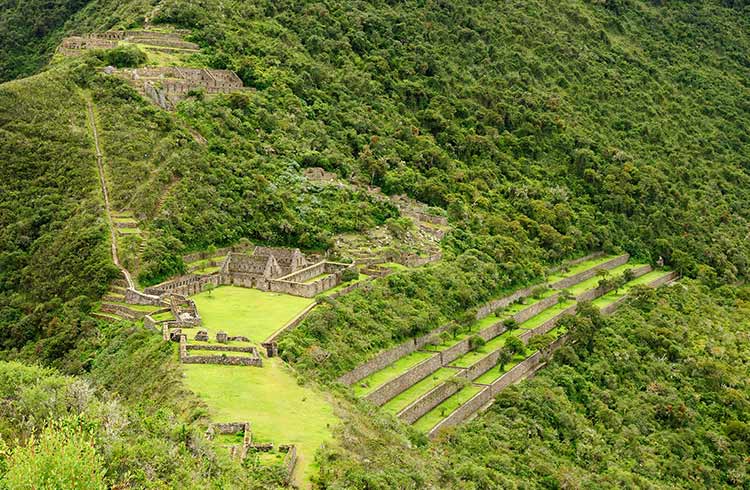
Forget Machu Picchu, go to Choquequirao
While Machu Picchu’s Incan ruins are undeniably spectacular, they’re also incredibly popular, with thousands of tourists visiting every day. So many people visit that UNESCO has voiced concern at the damage the crowds are doing to the site. To get your Inca fix without joining the tourist hordes, head to Choquequirao, which is not only three times the size of Machu Picchu, but it only gets 20 tourists a day. That tiny number is mainly due to the rather grueling two-day trek it takes to get there. The effort is worth it though, as Choquequirao is spectacular: a partially excavated Inca settlement from the 15th century spread over 18 sq km. Not only is it beautiful, it’s almost always deserted. Perfect.
Related articles
Simple and flexible travel insurance
You can buy at home or while traveling, and claim online from anywhere in the world. With 150+ adventure activities covered and 24/7 emergency assistance.
Get a quote
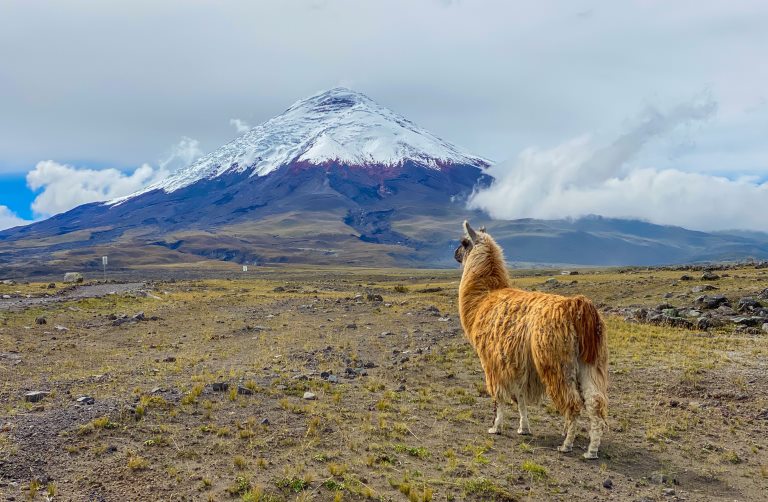

1 Comment
Conor Purcell your article of 18thSeptember 2019 was well put together and valuable in the sense is said much in very few words, and yet still got a message across.
It gave me a new perspective on travel arrangements for future travel destinations. Thank you.